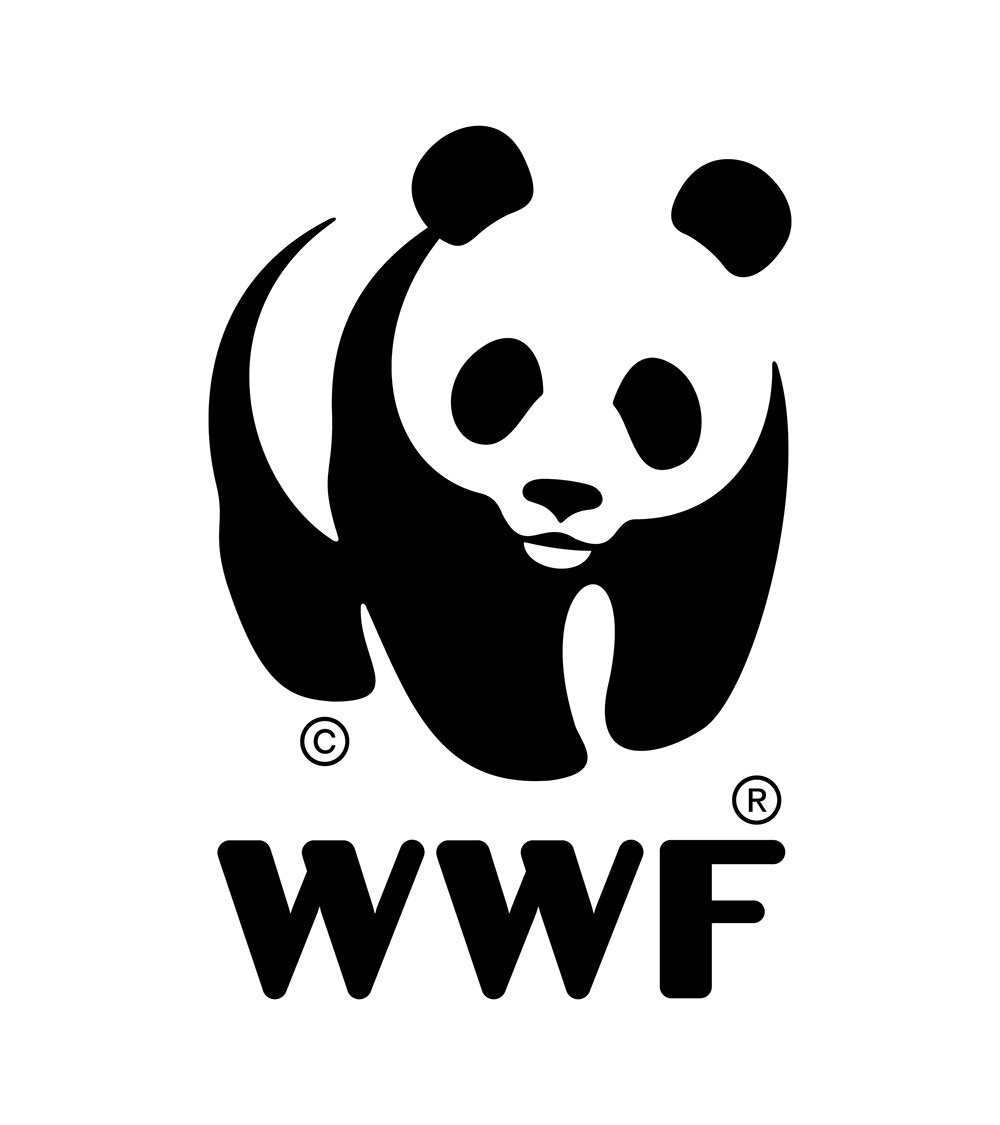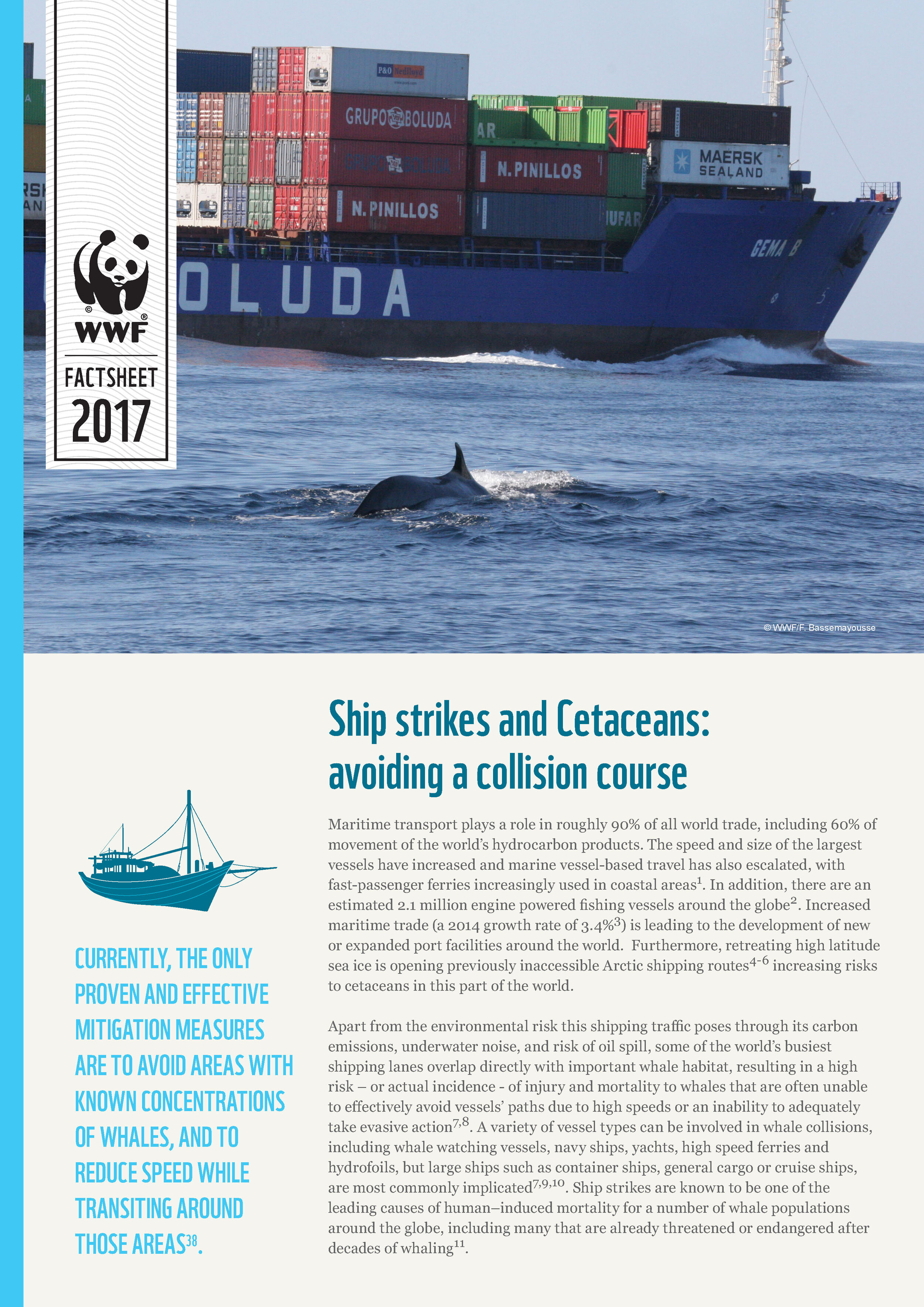Ship strikes and Cetaceans: avoiding a collision course
A WWF factsheet
Maritime transport plays a role in roughly 90% of all world trade, including 60% of movement of the world’s hydrocarbon products. The speed and size of the largest vessels have increased and marine vessel-based travel has also escalated, with fast-passenger ferries increasingly used in coastal areas. In addition, there are an estimated 2.1 million engine powered fishing vessels around the globe.
Increased maritime trade (a 2014 growth rate of 3.4%) is leading to the development of new or expanded port facilities around the world. Furthermore, retreating high latitude sea ice is opening previously inaccessible Arctic shipping routes increasing risks to cetaceans in this part of the world.
Apart from the environmental risk this shipping traffic poses through its carbon emissions, underwater noise, and risk of oil spill, some of the world’s busiest shipping lanes overlap directly with important whale habitat, resulting in a high risk – or actual incidence - of injury and mortality to whales that are often unable to effectively avoid vessels’ paths due to high speeds or an inability to adequately take evasive action.
A variety of vessel types can be involved in whale collisions, including whale watching vessels, navy ships, yachts, high speed ferries and hydrofoils, but large ships such as container ships, general cargo or cruise ships, are most commonly implicated. Ship strikes are known to be one of the leading causes of human–induced mortality for a number of whale populations around the globe, including many that are already threatened or endangered after decades of whaling.


